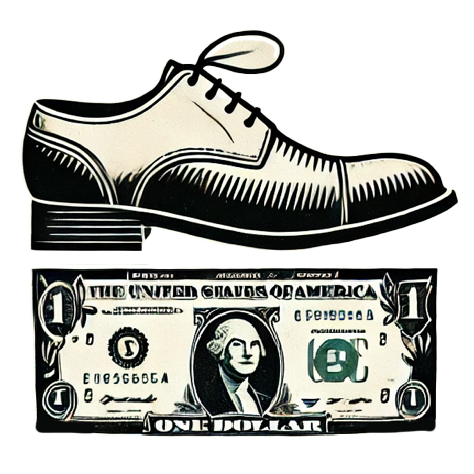PepsiCo’s recent quarterly results paint a complex picture that raises more questions than answers about the company’s future trajectory. Although the food and beverage titan reported a slight increase in revenue of $17.92 billion, surpassing Wall Street’s expectations, the underlying health of its North American market tells a more troubling story. The company witnessed a 1.8% decline in net sales and significant falls in volume across both its beverage and convenient foods segments. This contradiction between optimistic revenue figures and deteriorating volume is perplexing and suggests deeper issues with consumer engagement and product relevance.
The adjusted earnings per share were reported at $1.48, marginally below the projected $1.49, while net income decreased from $2.04 billion previously to $1.83 billion. This trend signifies not just minor fluctuations but a tangible decline in profitability, which is alarming for shareholders. Such a mixed bag of results often leads to an erosion of investor trust, as evidenced by the 2% drop in shares during premarket trading. It becomes painfully clear that these initial figures only scratch the surface of what might be a more profound decline.
Global Challenges and Economic Volatility
PepsiCo’s CEO, Ramon Laguarta, has articulated concerns regarding global trade conditions that might adversely impact supply chain costs. This isn’t merely corporate jargon; it’s a stark warning sign in a time of rampant inflation and shifting consumer behavior. The perceived economic volatility, compounded by new tariffs, provides fertile ground for skepticism regarding future growth. As inflation strains consumer budgets, PepsiCo is grappling with the dual challenge of maintaining its market share while ensuring product affordability—a balancing act that seems increasingly precarious.
Discerning leaders understand that these economic factors shape not just pricing but also consumer sentiment. The reality is that many households are feeling the pinch, adjusting spending habits that can lead to diminished brand loyalty. PepsiCo is not alone in facing such pressures, but it must navigate this challenging landscape with strategic precision if it hopes to emerge unscathed.
Struggling to Adapt in North America
The lethargy in PepsiCo’s North American operations continues to hinder its growth potential. The company’s attempts to pivot toward multicultural and functional products, alongside the acquisition of brands like Poppi, indicate a responsiveness to market trends. However, the efficacy of these strategies remains to be seen, particularly as volume in its domestic food business fell by 1% and beverage volumes declined by 3%. This reflects a deep-seated issue that may require more than just a few innovative product launches to rectify.
While Pepsi Zero Sugar managed to capture market share, and other snack products like Miss Vickie’s chips saw revenue growth, these are but flickers of light in an otherwise dim outlook. The company must address the root causes of declining demand and consumer disenchantment—not merely react to market changes. Innovations will not yield results if they are not backed by an understanding of evolving consumer preferences.
Future Prospects and a Cautious Outlook
Given the cut in the forecast for core constant currency earnings per share, from projecting mid-single digit growth to stagnation, PepsiCo’s path forward looks fraught with uncertainty. Holding steady in terms of organic revenue growth is a conservative approach, but it raises the question of whether the company is capable of mobilizing the necessary resources and strategy to reinvigorate its brand in North America. The rapidly changing landscape necessitates not just adaptation but a bold reimagining of how PepsiCo engages with its audience.
In a climate where brands must be resilient and forward-thinking, PepsiCo’s current situation exemplifies the challenges that even established giants face. It’s an intriguing moment in the business cycle, one that will be closely monitored by analysts and investors alike. They will look for signs not just of survival but of reinvention—a critical need for PepsiCo if it aims to maintain its status as a market leader.

